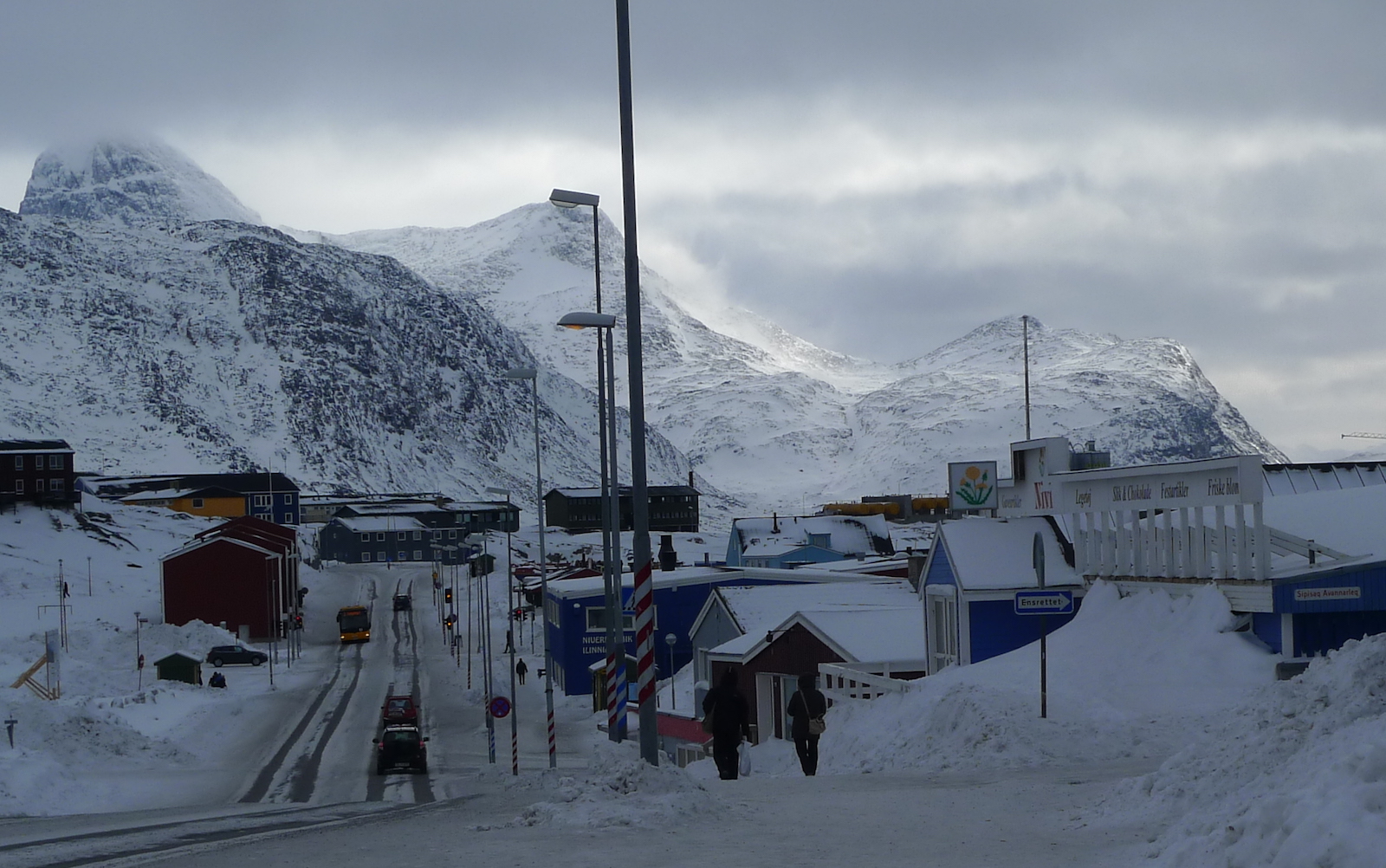Greenland’s biggest bank urges restraint amid a surge in infrastructure investment
Optimism about future risks could crowd out needed reforms, according to the bank's annual economic review.

Greenland’s biggest bank is urging that country’s government to exercise restraint as it seeks to build the infrastructure aimed at spurring economic growth.
The warning, issued in Grønlandlandsbanken’s annual economic review, comes after construction began last year on improvements at two airports as part of the largest ever public investment in the country’s history. Other recent expenses include a new port facility in Nuuk, the capital city, and fleet renewals by Air Greenland, the nationally controlled flag-carrier, and Royal Arctic Line, an ocean-going shipper that is also nationally controlled.
“Grønlandsbanken looks positively on the development, even though a beneficial impact will still require many new initiatives. At the same time, we shouldn’t set financial common sense aside,” the bank wrote.
[A Greenland shipper expands its Icelandic connections]
The planned expansion of two airports in Nuuk and Ilulissat, a major tourism destination, and construction of a third in Qaqortoq, a regional hub, was promoted as a lynchpin of future economic development, but critics fret they will fail to live up to their billing
Grønlandsbanken forecasts that the airports will contribute to increased economic activity in the short and medium terms, but it recommends that future investment decisions take into account the likelihood that the current environment of stronger-than-expected economic growth and low interest rates was unlikely to continue.
“In a situation such as the one we see at present, in which we are experiencing a high level of infrastructure investment and increasing lending by publicly owned enterprises, we can get caught up in the moment and make unwise, risky investment in projects that promise more than can deliver,” the bank wrote.
[A strategy to double Nuuk’s population begins with a new housing district]
The bank encouraged decision makers to “dare to think big,” but said that they also must be aware of emerging signals that Greenland was becoming a “Klondike,” where there were no limits on what was possible.
“The public sector needs to keep its budget and its infrastructure investments under control and only put money into projects that have an acceptable return.”
The warning comes after amid repeated recommendations from Økonomisk Råd, an independent economic advisory panel, that Greenland must do more to reform its economy.
According to Økonomisk Råd’s calculations, Greenland will need to cut the size of its public sector by 2 percent annually until 2030, in order to keep pace with a shrinking workforce. Instead it has increased spending at a faster pace than its economy has grown in recent years.
[Denmark’s annual state of the kingdom report paints a rotten picture of Greenland’s economy]
The surprising pace of economic growth, due in large part to an upturn in the fishing industry, the country’s main source of economic activity, meant that, during 2016-2019 budget period, meant Greenland was able to balance its budget, despite expecting a deficit.
During the 2020-2023 budget period, however, Greenland’s government expects to have a 0.1 percent surplus, a margin Grønlandsbanken considered “surprisingly” small and “worrisome,” given the possibility that the economy could turn.
Another area of concern, according to Grønlandsbanken, is the lack of investment in schools or social services.
“Had the reason why the budget surplus was so small been long-term investments in these areas, it wouldn’t have given the same reason for concern.”